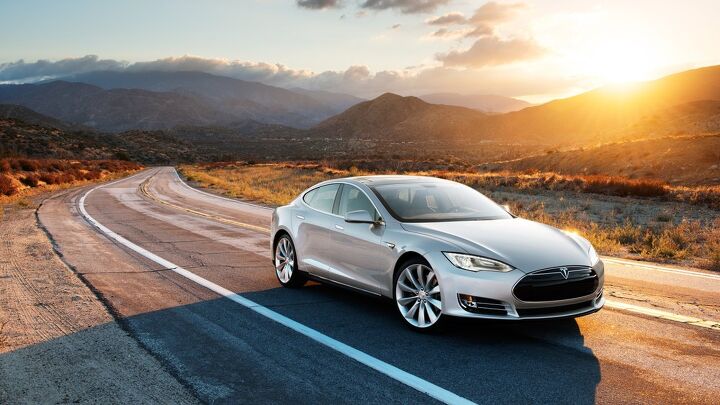Debunking EV Range Anxiety: Do EVs Meet Daily Driving Needs?
One of the prevalent myths surrounding electric vehicles (EVs) is that they lack the necessary range to meet daily travel needs. However, evidence suggests that the range of electric vehicles aligns well with the daily mileage requirements of most U.S. households. On average, a household in the United States travels approximately 50 miles per day. Interestingly, about 85 percent of households travel less than 100 miles on a typical day, a distance well within the capabilities of current EV models. The majority of these vehicles can travel over 200 miles on a fully charged battery, ensuring that nearly all new models can cover more than 100 miles without needing a recharge. Additionally, automakers are continually working to introduce new models with even longer ranges, promising further improvements to meet consumer needs.
Tools for Range Estimation
For those considering an electric vehicle, the "Find A Car" feature on the website www.fueleconomy.gov provides valuable insights. By selecting a vehicle of interest, users can view the "EPA Fuel Economy" information, which includes range estimates specific to each EV model. This tool can be particularly useful for individuals looking to understand the performance of various EVs in terms of distance coverage.
Impact of Driving Conditions on Range
It's important to note that an electric vehicle's range can be influenced by how it is driven and the conditions under which it operates. Factors such as weather conditions, including both hot and cold temperatures, can affect the vehicle's efficiency. Research indicates that in cold temperatures, particularly when heating is used, an EV's range could decrease by an average of 40 percent. This underscores the importance of considering environmental factors and driving habits when evaluating an EV's range capabilities.
This article was co-written using AI and was then heavily edited and optimized by our editorial team.
More by TTAC Staff
Latest Car Reviews
Read moreLatest Product Reviews
Read moreRecent Comments
- Probert They already have hybrids, but these won't ever be them as they are built on the modular E-GMP skateboard.
- Justin You guys still looking for that sportbak? I just saw one on the Facebook marketplace in Arizona
- 28-Cars-Later I cannot remember what happens now, but there are whiteblocks in this period which develop a "tick" like sound which indicates they are toast (maybe head gasket?). Ten or so years ago I looked at an '03 or '04 S60 (I forget why) and I brought my Volvo indy along to tell me if it was worth my time - it ticked and that's when I learned this. This XC90 is probably worth about $300 as it sits, not kidding, and it will cost you conservatively $2500 for an engine swap (all the ones I see on car-part.com have north of 130K miles starting at $1,100 and that's not including freight to a shop, shop labor, other internals to do such as timing belt while engine out etc).
- 28-Cars-Later Ford reported it lost $132,000 for each of its 10,000 electric vehicles sold in the first quarter of 2024, according to CNN. The sales were down 20 percent from the first quarter of 2023 and would “drag down earnings for the company overall.”The losses include “hundreds of millions being spent on research and development of the next generation of EVs for Ford. Those investments are years away from paying off.” [if they ever are recouped] Ford is the only major carmaker breaking out EV numbers by themselves. But other marques likely suffer similar losses. https://www.zerohedge.com/political/fords-120000-loss-vehicle-shows-california-ev-goals-are-impossible Given these facts, how did Tesla ever produce anything in volume let alone profit?
- AZFelix Let's forego all of this dilly-dallying with autonomous cars and cut right to the chase and the only real solution.


































Comments
Join the conversation